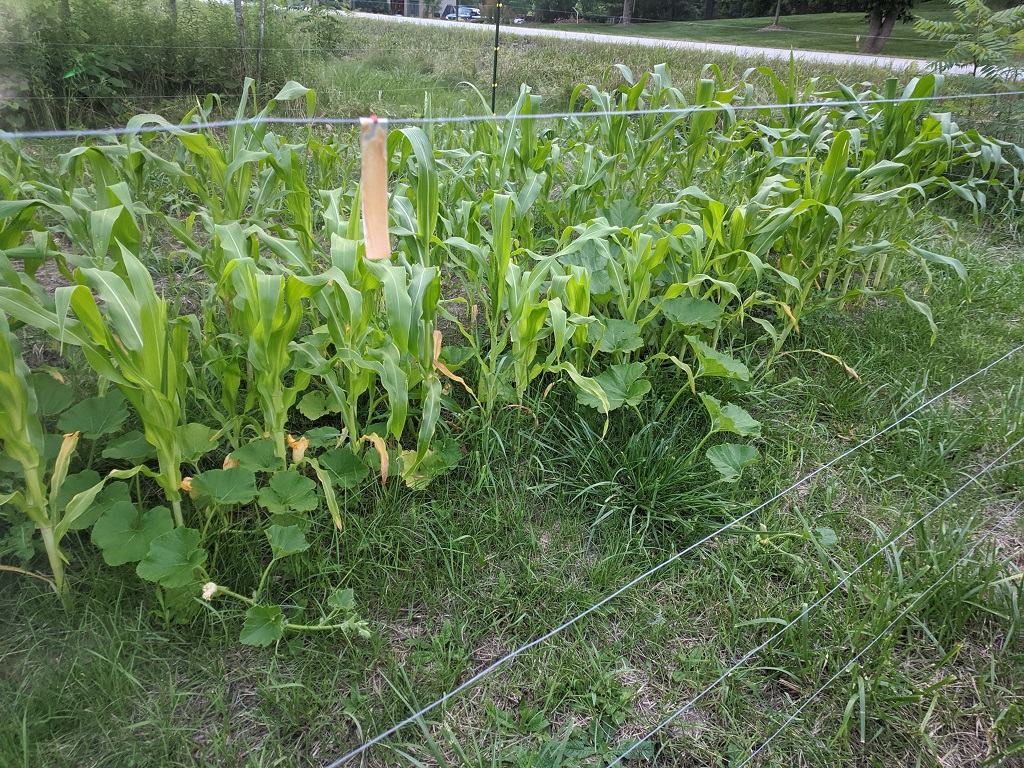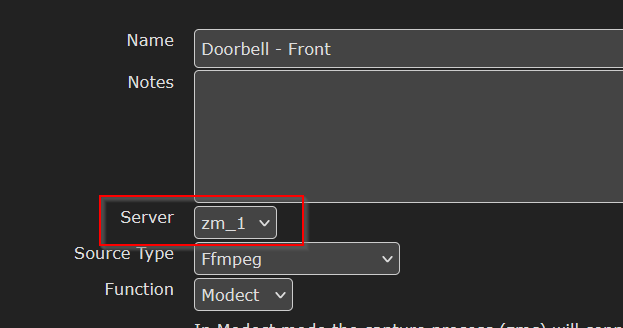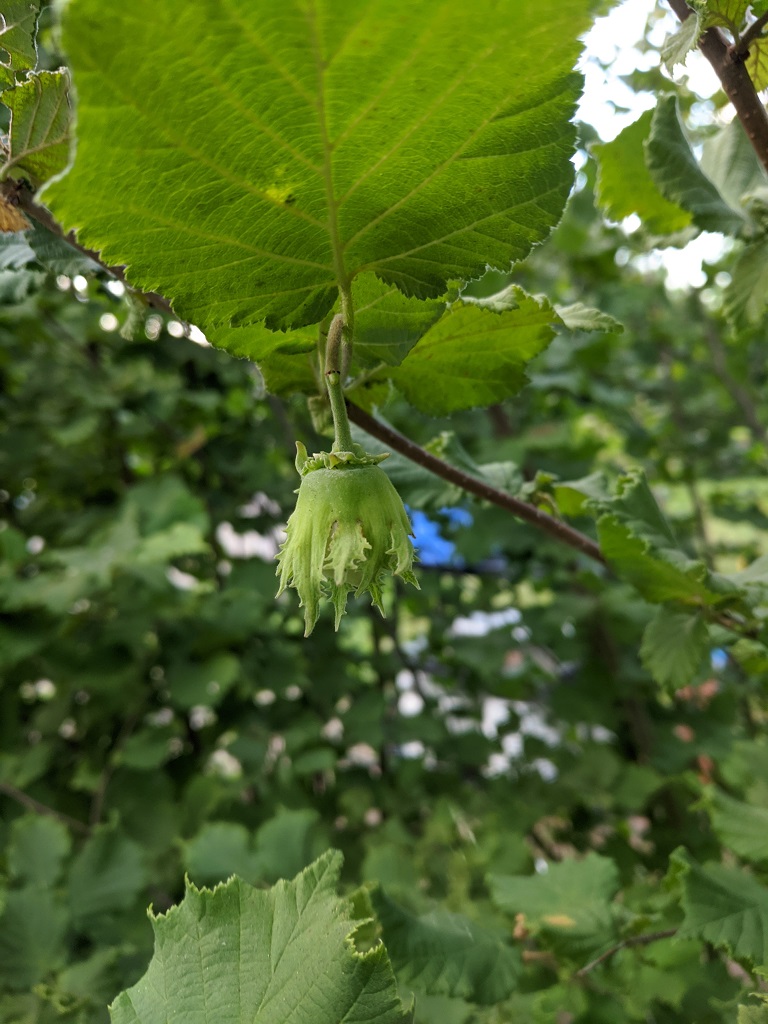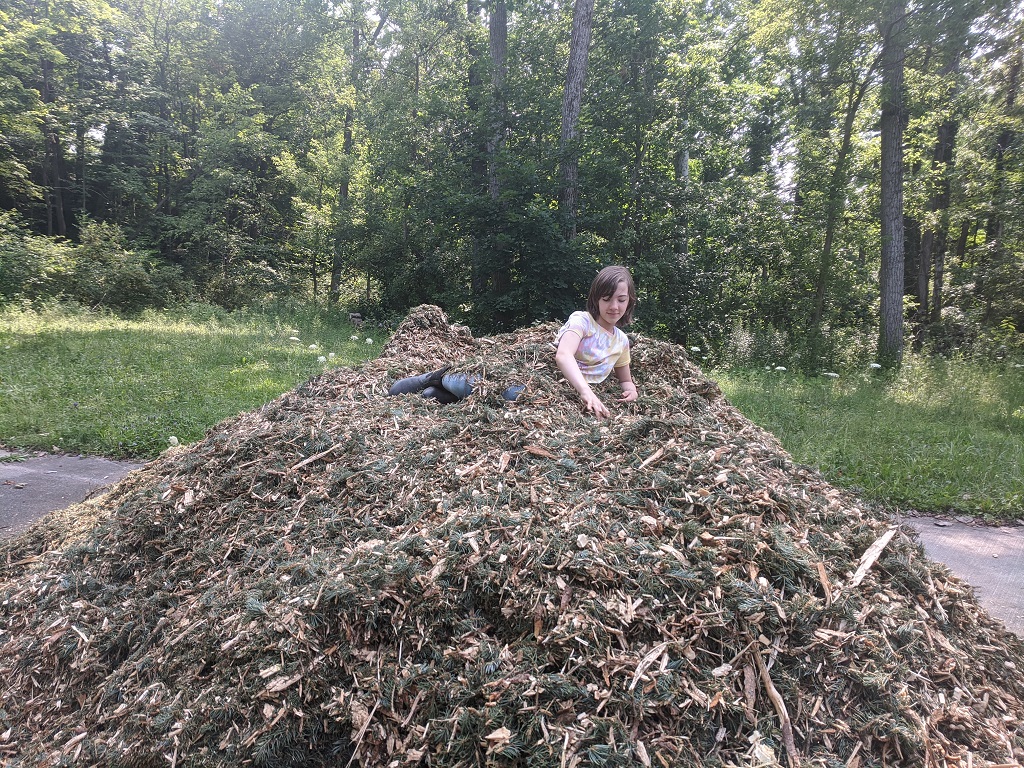We got the peanut butter fence up on the farm — Scott and Anya attached the metal strips, and I smeared the with peanut butter. Since they are connected to an electric fence line, the idea is that a deer will lick at the peanut butter (evidently something they really like) and get an unpleasant jolt. It’s a solar energizer, so not too unpleasant. But enough for them to think “I’m gonna go eat this other green leafy stuff!”.
Cisco Aironet — Unable to Access Wireless Device That Moved to Different Access Point
I think this is a fairly esoteric issue — something that happens frequently enough but doesn’t actually impact functionality so anyone notices. We got a new WiFi doorbell that we set up inside (and could access it), took outside (and could access it) … but, when we went back inside? We could not access the doorbell. No HTTPS, no RTSP, no ICMP. Nothing.
Cisco access points maintain a list of associated wireless clients. These may also be kept in an arp table, although arp caching appears to be disabled by default. So device was on AP1, moved to AP2. Clients on AP2 (or AP3, or AP4) were able to access it since the switch has it registered on the port for AP2. Anything on AP1, however, cannot access the device. The MAC address still appeared in the associations table for AP1. You can set a lower activity timeout — the default was one day — to clear devices out more promptly. But … if the device communicates outside of its new WAP, how frequently is it going to be talking to a device on its old WAP? Generally, we’re talking to our servers (wired) or the Internet (also wired). So technically … Scott’s cell phone couldn’t reach my cell phone when I go from the bedroom to the office. But we never notice because we have minimal peer to peer communication. It’s not like doorbells are going to go walking about normally … but it was good to know a quick AP reboot would allow our cell phones to pull up the doorbell’s video feed.
Zoneminder – Don’t forget to set the server
We got some new IP cameras — devices that support direct RTSP access to the video stream — but I could not get them to work with Zoneminder. No matter what I tried, it reported that shm is not connected. My /dev/shm directory wasn’t full, the permissions were fine. In short, there was no reason that the memory map file couldn’t have been created. I could not figure it out — and, in trying to delete a 2 GB log file so it would be more readable … the server crashed and would only boot in recovery mode.
Sigh! Fortunately, I was able to repair the file system and get the server back online. I was working, so Scott looked at the cameras and had them working almost immediately. Turns out the default, when you add a new device, is that the server is set to ‘None’ … which evidently leads to the “unable to connect to monitor”, “Monitor shm is not connected”, and “Can’t open memory map file” errors I was seeing. He just selected the zoneminder server from the dropdown, saved it, and voila — a camera stream.
Reolink Wireless Doorbell – First Impressions
A friend of Scott’s got a Eufy doorbell on sale from Amazon, so we started checking out camera/doorbell devices again. Eufy didn’t seem to allow local access to the video stream. We found three companies that did offer direct access to the RTSP stream: Doorbird, Amcrest, and Reolink. The Doorbird ones were like a thousand dollars … and, for way under a grand, I could DIY something. Amcrest looked like a viable solution, but Amazon had the Reolink ones for sixty bucks less — including a $10 “prime member” discount price. We bought two and set them up inside the house.
The physical hardware is an oval shaped plastic box with a camera & IR ring near the top and a glowing button (you can turn the LED light off in the config) for visitors to press. I wish the logo wasn’t printed onto the plastic, though.
Once you enable RTSP under the advanced network settings, you can access the primary (high resolution) video feed at rtsp://username:password@doorbell.example:554/h264Preview_01_main and the secondary (640×480) video feed at rtsp://username:password@doorbell.example:554/h265Preview_01_sub
I like that you can set up a “read only” user — our Zoneminder installation doesn’t need to be able to configure the devices. It will also grab a photo to make a time lapse series — while seeing the driveway over time might not be too interesting, having a time lapse of our front yard will be really cool. This requires adding an SD card to the doorbell, but still very cool.
5GHz worked fine in the house, but we had a lot of drop-outs once it was mounted at the door.
You can upload your own key pair for the web server, so visiting the https page doesn’t throw an invalid certificate error. This is a personal thing that really bothers me with a lot of IoT implementations. It’s such a simple thing — there’s already a locally generated key pair, why not let me upload my own with a hostname or SAN that matches what I will be accessing. Even if you don’t have your own CA — you can get a free cert from Let’s Encrypt.
The fisheye camera catches a large field — we can see the entire front entrance — although I now understand why there are dual-camera doorbells with a “package camera”. If the camera is angled so you can see the face of someone pressing the button, you cannot see their feet. Or the ground where a package would be placed.
I don’t like that there doesn’t appear to be any way to ring the house door chime. There also doesn’t seem to be a way to use different tones for different doorbells. While we’ll get motion alerts from Zoneminder and be able to view both doorbell video feeds to see where the ring occurred … it would be nice to assign unique chimes to each doorbell.
SSH’ing to Older Cisco Access Points
Trying to ssh into our Cisco access points, we get an error saying “no matching key exchange method found. Their offer: diffie-hellman-group1-sha1” … to one-off enable older, deprecated algorithms, we added a cisco.conf to /etc/ssh/ssh_config.d (/etc/ssh/ssh_config includes /etc/ssh/ssh_config.d/*.conf)
Host <IP>
Ciphers 3des-cbc,blowfish-cbc,aes128-cbc,aes128-ctr,aes256-ctr
KeyAlgorithms diffie-hellman-group1-sha1
And restart sshd — voila*, you can SSH into the router / access point / etc.
* — you may get an invalid key length error. In this case, you need to regenerate the key on the Cisco device using a 2048-bit key:
config term crypto key zeroize rsa crypto key generate rsa modulus 2048 end
Eastern Tiger Swallowtail Butterfly
Hazelnut Development
Hazelnut Pollen
A few years after we planted our hazelnuts, I was eagerly awaiting the time when they would have pollen-y bits. Except I couldn’t find anything online about what I was looking for. We did, finally, see the developed bits over the winter … but, this year, I can actually see them starting to develop in late July.
Wildfire Tracking Map
I found a site that maps out where wildfires are reported — useful for telling if the smokey haze is a foggy day, pollution, or wildfire smoke.
https://firms.modaps.eosdis.nasa.gov/usfs/map/#m:advanced;l:countries,earth;@-92.1,42.5,4.9z







